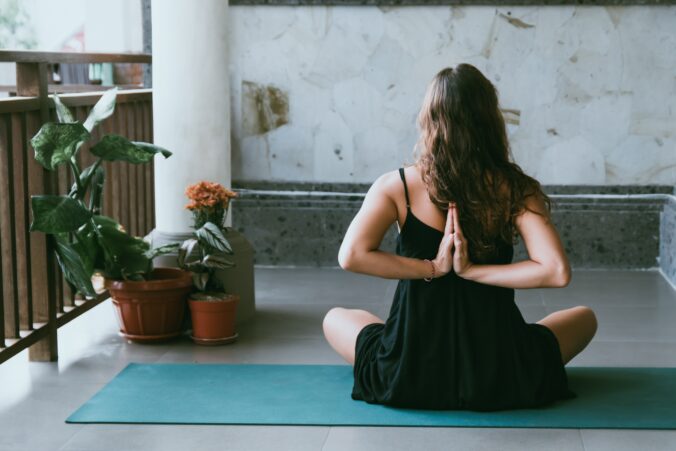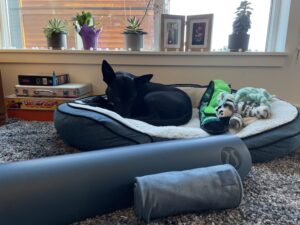What comes to mind when you think of yoga? Probably peace, quiet, relaxation and meditation. Technology is not typically associated with yoga, but it can play an integral role in enhancing your practice.
Research
I have been using forums such as Google to research questions I have related to yoga. Reading about other people’s yoga journeys and looking at studies regarding the benefits of yoga are a big part of my yoga practice.
On the Goodreads app, I have been able to search for books on yoga. The app shows ratings and reviews from other people so that I can find a book that is best suited for me.
Practice
Over the past week, I have been practicing yoga alongside YouTube yoga videos. Some of my favourites so far include Yoga With Adriene, Yoga With Kassandra, Jessica Richburg, Blessed Yoga and Yoga With Bird.
Practicing yoga in front of a screen isn’t ideal, but we are fortunate to have the technology to be able to practice yoga at home, since the pandemic has resulted in most yoga studios currently being closed.
Practicing yoga at home is also a very cost effective way to stay healthy. Additionally, there are more options depending on if you want an easy or hard practice, a long or short practice, or a routine that targets a specific area of your body.
I am also happy to say that I have become more comfortable with my practice, and was able to lead my own practice on Friday morning. Leading myself allowed me to stretch the areas that I felt needed attention, spending as much or as little time on them as I pleased. I integrated technology into my own practice by listening to calm yoga music on YouTube.
Recording
Recording my yoga journey so that I am able to see my progression is important to myself so that I can reflect, and so that I can properly document for this free inquiry project. I have been using my Apple Watch Workout and Activity apps, my Renpho Scale, and journal.
Apple Watch
Each time I practice yoga, I start a workout on my watch. The workout then gets recorded and stored in the Activity app. This keeps track of workout time, calories and heart rate. I have noticed the difference in calories being burnt between different yoga sessions.
Renpho Scale
This smart scale has allowed me to keep track of my weight, BMI, body fat, body water, muscle mass and more. I use the scale every morning before my workout, and intend to continue to use it so that I can see my progress over this semester.
How I’m Feeling…
The good… It has been a long and busy first two weeks of this semester, but practicing yoga for 10 minutes per day has been great for me. In fact, I have been getting out of bed easier knowing that I can spend 10 relaxing minutes stretching by myself while watching the sunrise. Although there are some days I have trouble getting up, having a goal of 10 minutes has made practicing feel achievable. I have found that my energy levels are higher for the day, and I am overall feeling good.
The bad… I am really struggling with practicing for one hour. This past week, I was only able to focus for 30 minutes until I gave up. I have decided that I am not going to dwell on not being able to practice for an hour, but I am going to be working on my stamina so that I can focus for a full one-hour session.
I am excited for another week filled with morning yoga.
Photo by Avrielle Suleiman on Unsplash



